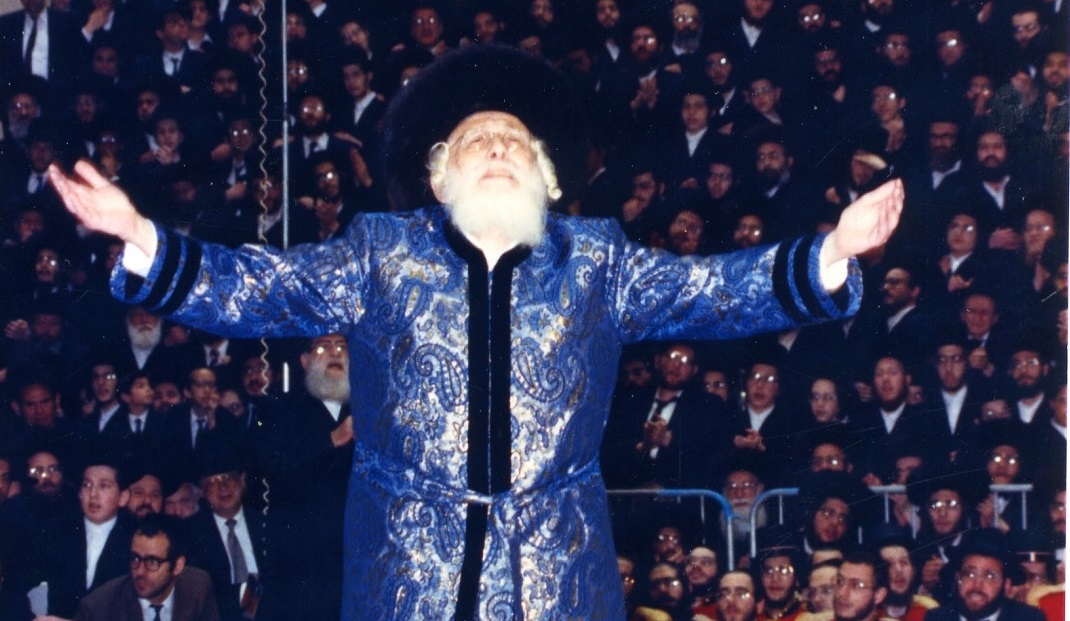Velvet and Steel

Twenty years after the passing of Rebbe Shlomo Halberstam, the Bobover Ruv, the chassidus has moved on, but that special glow is irreplaceable

Photos: Mishpacha archives, M.D. Yarmish
It wasn’t a large tish.
Barely a minyan, and those who lined the table were barely people.
When so much effort is expended on trying to forget the past, how can one have eyes to see the future?
But the Rebbe, he saw both.
He was not yet 40 years old, but Rav Shlomo Halberstam had already seen so much. His father, Rav Benzion — the Kedushas Tzion of Bobov — had moved the court from Bobov to Tchebin in 1931, appointing Rav Shlomo as the “Rav Hatza’ir” in his place and charging him with responsibility for the Bobov yeshivah network.
The young rav had earned the love of the talmidim and respect of the chassidim, showing a unique ability to reach the youth, even those who appeared to have been swayed from the ways of chassidus.
If the early 1930s called for love, the end of the decade called for courage and fortitude. During the Second World War, he hid and hid again, assumed disguises and identities, all the while forging papers, working with priests and nurses to rescue children, and offering comfort and hope to those he met.
His father was killed. His wife was killed. Two of his children were killed. Hashem yikom damam.
And now he was in America, having been formally appointed as Bobover Rebbe. He’d married again, to Rebbetzin Fraida, and he was leading his first tish.
He’d lost his beard during the war, more than once, and it was only starting to come back.
But the eyes sparkled with warmth and vitality, eyes that understood, that promised safety and devotion.
It was parshas Emor of 1946, on that Leil Shabbos, that the Bobover Ruv quoted a pasuk in the parshah of the week.
“Hocheiach tochiach es amisecha — You shall surely rebuke your friend,” which Chazal see as a mandate to repeat the words of reproach one hundred times, if necessary.
“Even if our words must be repeated one hundred times, we will never tire or give up,” the Rebbe said. “We will repeat it twice and three times, ten times and fifty times, again and again. We will remind them of who they are and where they come from.”
The rebirth had begun.
MY grandfather, Rav Chaskel Besser, was not a Bobover chassid, but he would often speak with admiration and awe about what this rebbe, Rav Shlomo Halberstam of Bobov, had accomplished.
In Chodesh Av of 2000, a few weeks after the Bobover Ruv had passed away at the age of 93, my grandfather told me new stories. Always a marvelous raconteur, on that night — at a table in the dining room of the old Central Hotel in Jerusalem facing Rechov Pines, where a waiter hovered and puttered and circled, like an airplane waiting for clearance to take off, until we waited him out and he left and the dining room was almost completely silent — my grandfather was talking not just about the Ruv, but about himself.
It was a parable, really, and the Ruv was the mashal. The world was the nimshal.
Oops! We could not locate your form.












